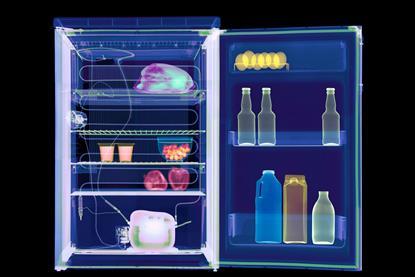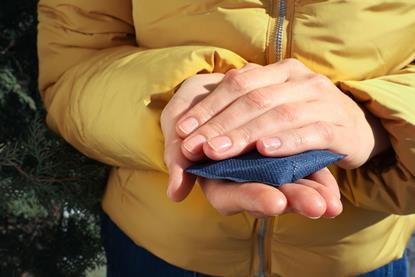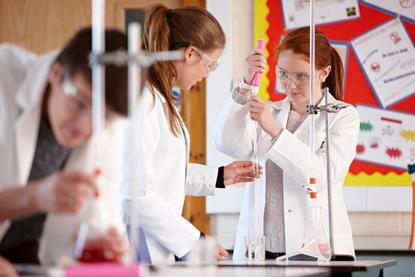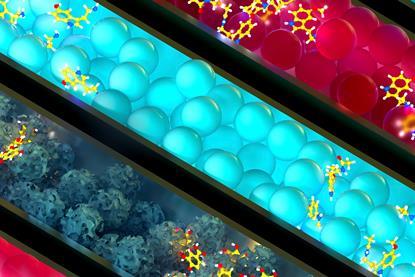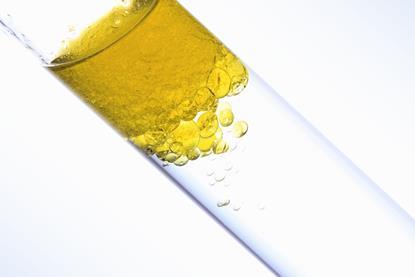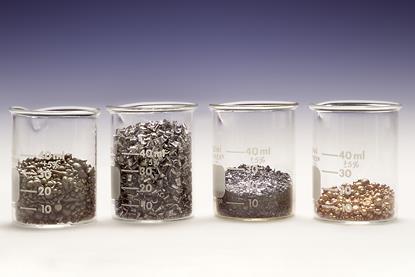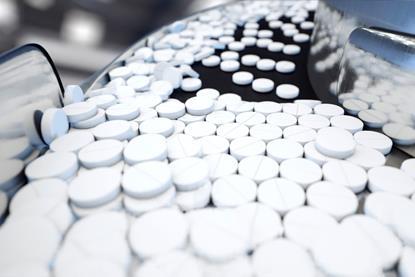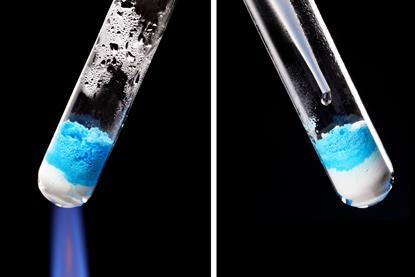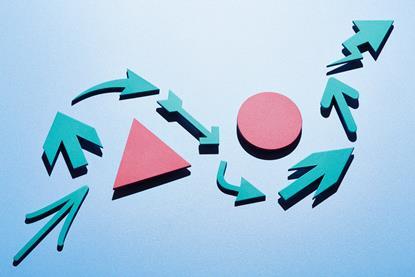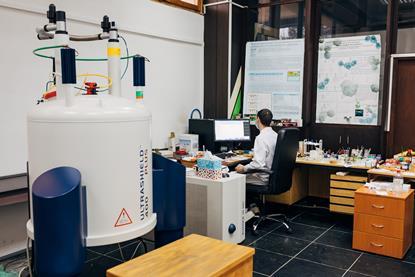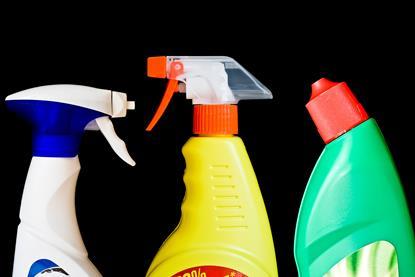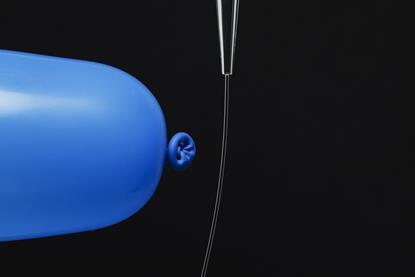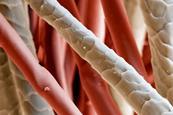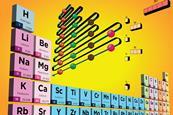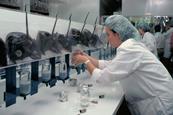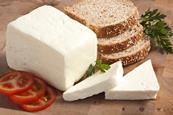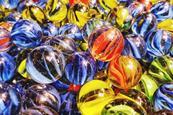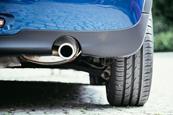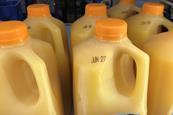Teaching 16–18 chemistry
Try these simple guides to teaching core topics and skills in chemistry for older students
Each article provides real-world context for the chemistry topic, along with what students needs to know and common misconceptions. The articles also suggest ideas to use in your classroom, recommended resources and how to check for student understanding.
How to teach aromatic chemistry at post-16
Tips and ideas to enhance your teaching of conjugated pi systems
Teaching atom economy, percentage yield and green chemistry post-16
Use these tips and ideas for teaching these quantitative topics
Teaching isomerism at post-16
Ensure your students succeed with structural and stereoisomerism
How to teach Maxwell–Boltzmann distribution curves at post-16
Enhance learners’ knowledge and understanding of reaction kinetics and how to interpret graphs
Teaching enthalpy cycles at post-16
Use these tips and resources to help your students construct and interpret enthalpy cycles
How to teach titration post-16
Tips for teaching practical titration techniques and the underlying theory
How to teach polymers at post-16
Teaching strategies and resources to help learners master polymers and overcome misconceptions
How to teach chromatography at post-16
Everything you need to help your students master the fundamentals of this analytical technique
How to teach chemistry through electrostatics at post-16
Highlight the importance of charge and polarity in chemistry with these classroom ideas and activities
Everything you need to teach atomic structure and periodicity at post-16
Top tips and teaching ideas to help your students get to grips with the periodic table and its trends
How to teach post-16 transition metals and complex ions
Everything you need to help your students master transition metal complexes
How to teach electrochemistry at post-16
Use these tips to help your students calculate redox reactions and create electrochemical cells
How to teach quantitative chemistry at post-16
Use these tips to help your students successfully calculate reacting masses and limiting agents
How to teach moles at post-16
Use this explainer to help students overcome misconceptions of this fundamental quantity
Teaching spectroscopic techniques at post-16
Use these ideas and resources to help your students master spectroscopy
How to teach entropy at post-16
Use these ideas and activities to help your chemistry students master this challenging topic
Teaching organic synthesis at post-16
Use these ideas and tips to help students master this tricky topic
Teaching energy and change post-16
Try these ideas to help students better understand this scientific concept
Teaching curly arrows at post-16
Tips and resources to help you teach chemical processes and organic reaction mechanisms
Teaching redox chemistry post-16
Try these ideas to help make redox less confusing for students
How to teach structure determination post-16
Students find this process puzzling. Help them solve it with these ideas and tips
Teaching chemistry equilibria post-16
How to help students tackle equilibrium challenges at post-16
Teaching organic chemistry post-16
Introduce the study of molecules containing carbon atoms to your students with these many different contexts
Teaching rates of reaction post-16: part 2
Ideas and activities to help students explore catalysts
Teaching rates of reaction post-16
Ideas and activities to help students explore reaction dynamics and mechanisms
Teaching acids and bases post-16
Try these tips, ideas and activities to help you teach this topic
Teaching structure and bonding post-16
Try these tips, contexts and activities to tackle the orbital model of the atom and bonding
How to teach aromatic chemistry at post-16
Tips and ideas to enhance your teaching of conjugated pi systems
Teaching atom economy, percentage yield and green chemistry post-16
Use these tips and ideas for teaching these quantitative topics
Teaching isomerism at post-16
Ensure your students succeed with structural and stereoisomerism
How to teach Maxwell–Boltzmann distribution curves at post-16
Enhance learners’ knowledge and understanding of reaction kinetics and how to interpret graphs
Teaching enthalpy cycles at post-16
Use these tips and resources to help your students construct and interpret enthalpy cycles
How to teach titration post-16
Tips for teaching practical titration techniques and the underlying theory
How to teach polymers at post-16
Teaching strategies and resources to help learners master polymers and overcome misconceptions
How to teach chromatography at post-16
Everything you need to help your students master the fundamentals of this analytical technique
How to teach chemistry through electrostatics at post-16
Highlight the importance of charge and polarity in chemistry with these classroom ideas and activities
Everything you need to teach atomic structure and periodicity at post-16
Top tips and teaching ideas to help your students get to grips with the periodic table and its trends
How to teach post-16 transition metals and complex ions
Everything you need to help your students master transition metal complexes
How to teach electrochemistry at post-16
Use these tips to help your students calculate redox reactions and create electrochemical cells
How to teach quantitative chemistry at post-16
Use these tips to help your students successfully calculate reacting masses and limiting agents
How to teach moles at post-16
Use this explainer to help students overcome misconceptions of this fundamental quantity
Teaching spectroscopic techniques at post-16
Use these ideas and resources to help your students master spectroscopy
How to teach entropy at post-16
Use these ideas and activities to help your chemistry students master this challenging topic
Teaching organic synthesis at post-16
Use these ideas and tips to help students master this tricky topic
Teaching energy and change post-16
Try these ideas to help students better understand this scientific concept
Teaching curly arrows at post-16
Tips and resources to help you teach chemical processes and organic reaction mechanisms
Teaching redox chemistry post-16
Try these ideas to help make redox less confusing for students
How to teach structure determination post-16
Students find this process puzzling. Help them solve it with these ideas and tips
Teaching chemistry equilibria post-16
How to help students tackle equilibrium challenges at post-16
Teaching organic chemistry post-16
Introduce the study of molecules containing carbon atoms to your students with these many different contexts
Teaching rates of reaction post-16: part 2
Ideas and activities to help students explore catalysts
Teaching rates of reaction post-16
Ideas and activities to help students explore reaction dynamics and mechanisms
Teaching acids and bases post-16
Try these tips, ideas and activities to help you teach this topic
Teaching structure and bonding post-16
Try these tips, contexts and activities to tackle the orbital model of the atom and bonding






